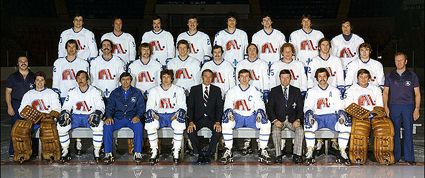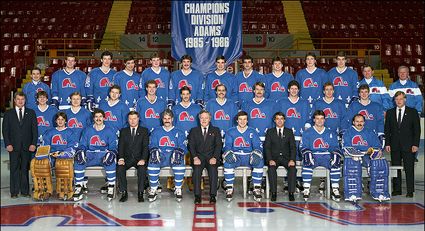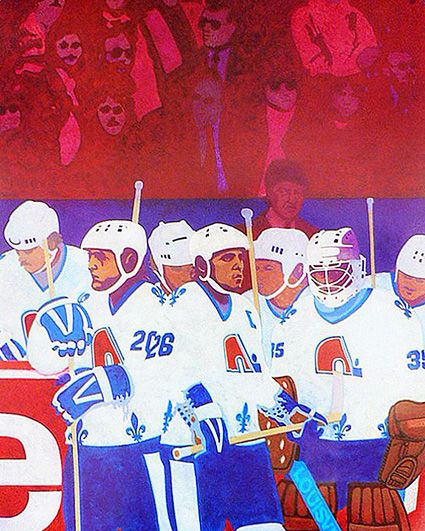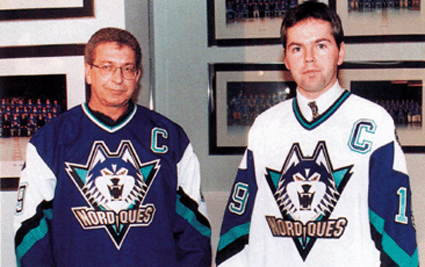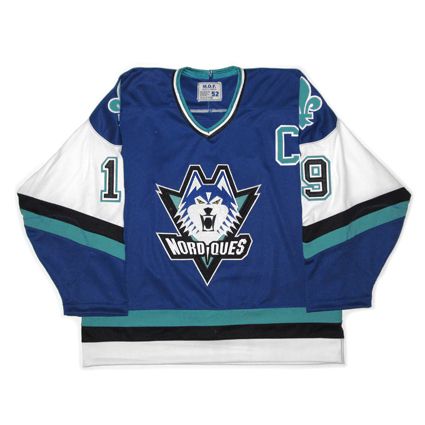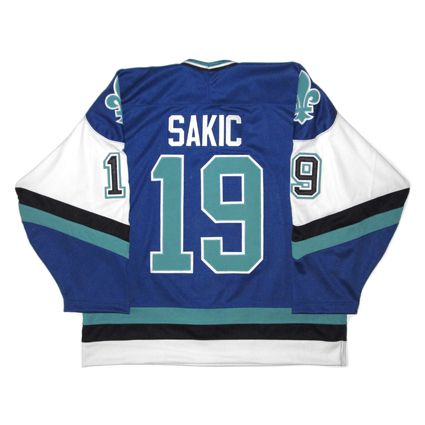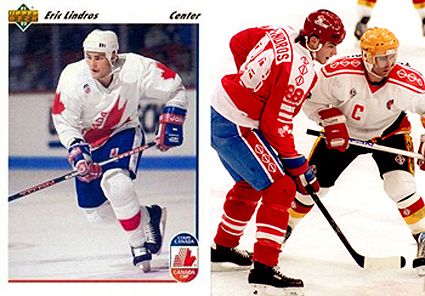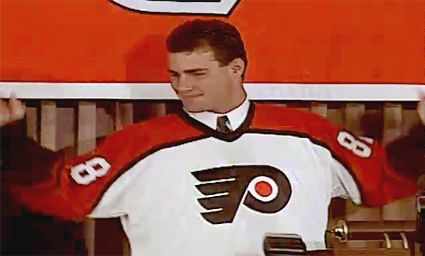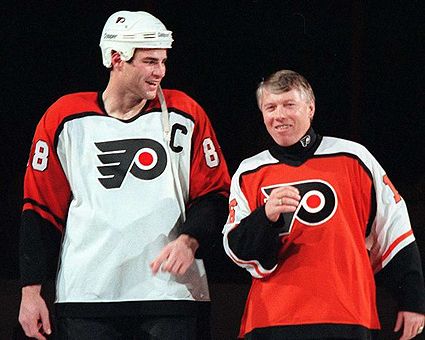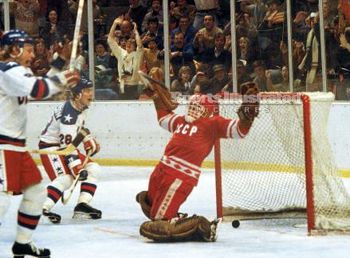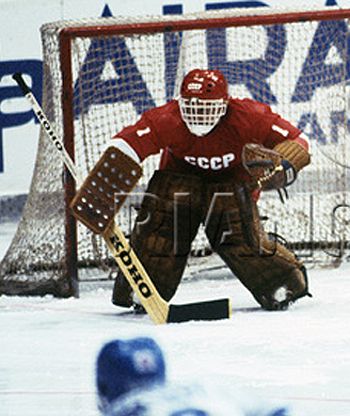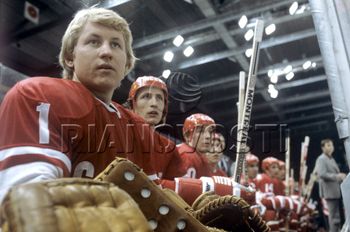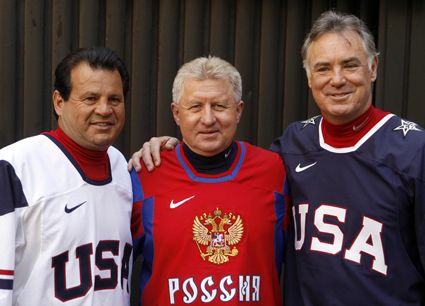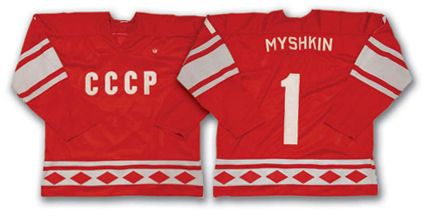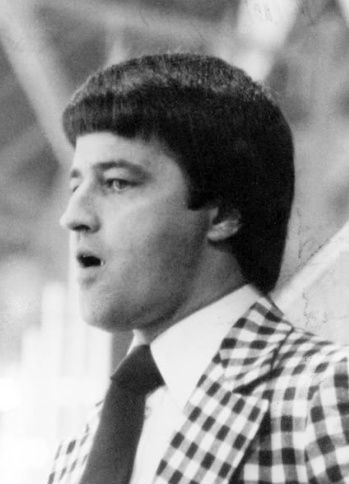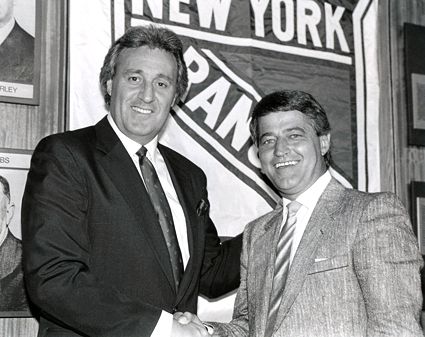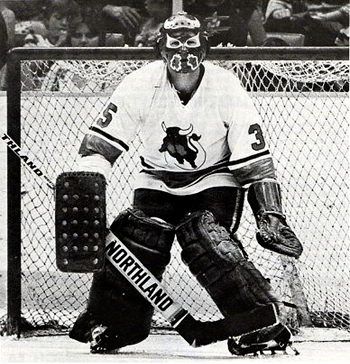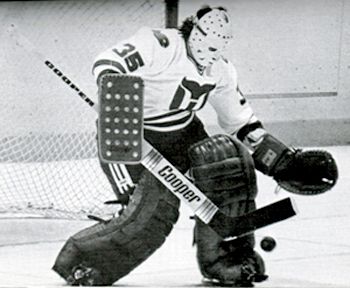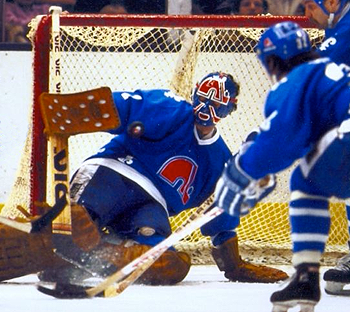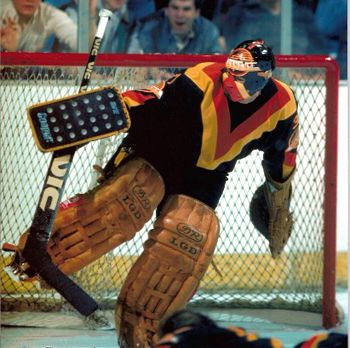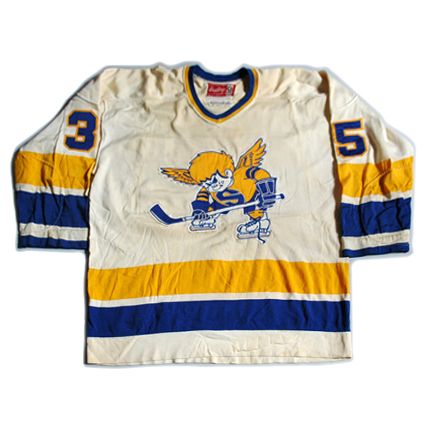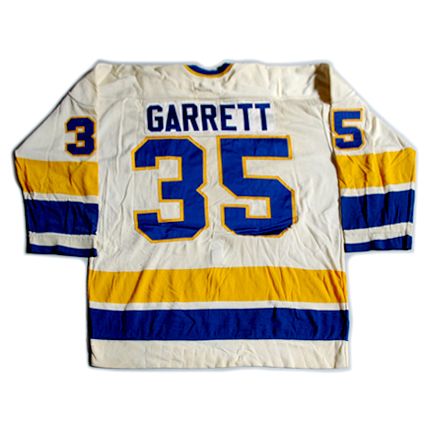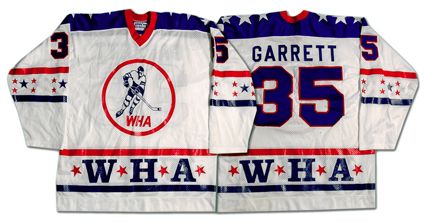June 20th, 1992 was the date that the Quebec Nordiques stunned the hockey world by trading
Eric Lindros -
twice.
The Quebec Nordiques owned the first overall pick in the 1991 NHL Entry Draft and Lindros was the consensus first pick, however, Lindros warned the Nordiques that he would not play for them if they selected him, citing the high taxes in Quebec, the lack of marketing potential in such a comparatively small city and the difficulties associated with the French language spoken exclusively in Quebec City.
Lindros held his ground, yet the stubborn Nordiques selected him with the first pick anyway. The even more stubborn Lindros wasted no time in subbing the Nordiques by refusing to wear the club's jersey for photos.
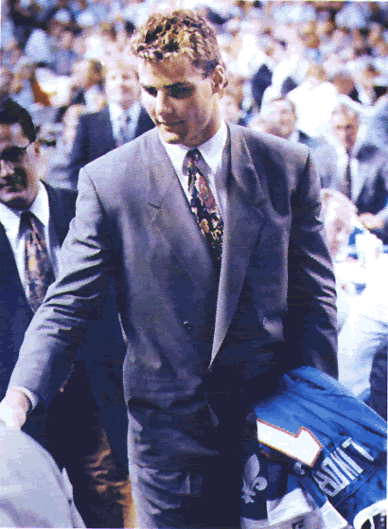
Undaunted, the Nordiques president Marcel Aubut announced that they would build the team around Lindros and refused to trade him, claiming he would not have a career in the NHL as long as he held out. Meanwhile, Lindros continued to play for Oshawa in Canadian junior hockey and Team Canada in the 1991 Canada Cup, the 1992 World Junior Tournament and the 1992 Winter Olympics, so there was no shortage of places for him to play during his unprecedented standoff with the Nordiques despite their 10-year, $50 million contract offer.
Lindros with Canada during the 1991 Canada Cup and the 1992 Olympics
Eventually, after his year long holdout, the Nordiques relented and traded Lindros at the draft in 1992. The problem was, they agreed to deals with both the New York Rangers and the Philadelphia Flyers!
Jay Snider, the Flyers president had been presented with Aubut's terms, but meanwhile the Nordiques General Manager Pierre Page was also negotiating with the Rangers GM Neil Smith. Their deal had reached the point of agreeing on which players and draft picks Quebec would receive from New York. All that needed to be settled between Aubut and Stanley Jaffe, the corporate operating officer of Paramount Communications, who owned the Rangers, was the amount of cash New York would part with.
Before Aubut and Jaffe had settled on the Rangers cash contribution to the deal, the Flyers Snider called Aubut to agree to the terms he had been presented and ask for a way to contact Lindros to ensure that he was willing to negotiate a long term deal with the Flyers. In Aubut's mind, the deal was not yet completed with New York, and he wanted to use the Flyers offer to squeeze more out of the Rangers.
Snider was given the phone number for the Lindros family and contacted them, as Eric's father was his agent. Both sides agreed to negotiate a long term contract and, in Snider's view, his deal was done and accepted. Aubut had even checked with Snider to see how the call to the family had gone and Snider gave Snider a thumbs-up.
But Aubut now presented the Rangers with the Flyers offer and got them to agree to a deal for Tony Amonte, Alexi Kovalev, Sergei Nemchinov, James Patrick, John Vanbiesbrouck, two first round draft picks and $20 million! Aubut told the Rangers the deal was theirs an hour and twenty minutes after the thumbs-up from Snider.
Aubut then went to the Snider, where he claimed that the Quebec board of directors had told him to take New York's offer. An enraged Snider told Aubut "We had a deal!"
The Rangers meanwhile, had already made up a sweater with Lindros's name and number and began plans for a press conference to announce the deal. Furious, the Flyers contacted NHL president John Ziegler, who arranged for the three clubs to agree to arbitration in the matter.
Eventually the NHL arbitrator would rule in favor of the Flyers on June 30th that the deal had become a deal when Aubut gave Snider the Lindros family phone number. More than one club had stated that Aubut would only permit any club to speak with Lindros once it had agreed to a deal with the Nordiques.
And with that ruling, it was the Flyers who sent a King's Ransom to the Nordiques in the form of Peter Forsberg, Mike Ricci, Ron Hextall, Steve Duchesne, Chris Simon, Kerry Huffman, two first-round draft choices (one of which was used to select Jocelyn Thibault while the other was traded away) plus $15 million.
At long last, Lindros becomes a Flyer
Many view this as the turning point for the often moribund Nordiques, who, with the later addition of Patrick Roy, would go onto win a pair of Stanley Cups. Unfortunately for the fans in Quebec City, the championships would come only after the team had relocated to Denver, Colorado and been renamed the Avalanche.
It is also noteworthy that the Rangers would go onto win the Stanley Cup two seasons later - without Lindros.
Lindros would go onto spend eight tumultuous seasons in Philadelphia, where he, and his father/agent, would butt heads with the notoriously headstrong and opinionated Flyers General Manager
Bobby Clarke, who would eventually question Lindros' toughness. He would tally four 40 goal seasons, win a
Hart Memorial Trophy and make it to the Stanley Cup Finals once in 1997, getting swept in four straight by the Detroit Red Wings.
Surprisingly, Lindros would be named captain of Team Canada for the 1998 Olympics in Nagano, Japan, a team that also happened to have no less than Wayne Gretzky on it's roster.
Lindros, suffering from the effects of several concussions by this time, the most recent being the
devastating hit by the New Jersey Devils'
Scott Stevens in the spring of 2000, refused the Flyers qualifying offer. Once he was cleared to resume playing in December of 2000, the Flyers refused to trade him to his choice of the Toronto Maple Leafs and he sat out the remainder of the 2000-01 season.
Clarke would eventually deal Lindros to the very same New York Rangers, who once thought they had a acquired him, for Jan Hlavac, Kim Johnsson, Pavel Brendl and a third round draft pick, a far cry from the original price the Flyers once paid.
Since Lindros refused to wear a Quebec Nordiques jersey, we are refusing to feature a jersey today - or learn to speak French either.

